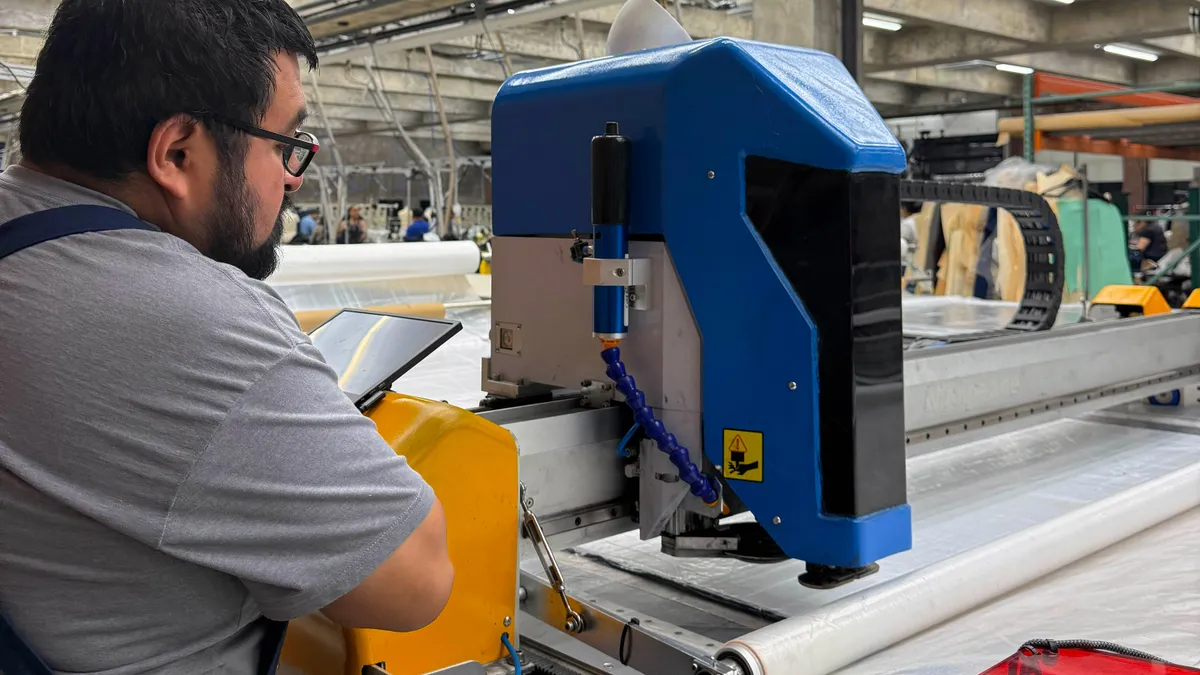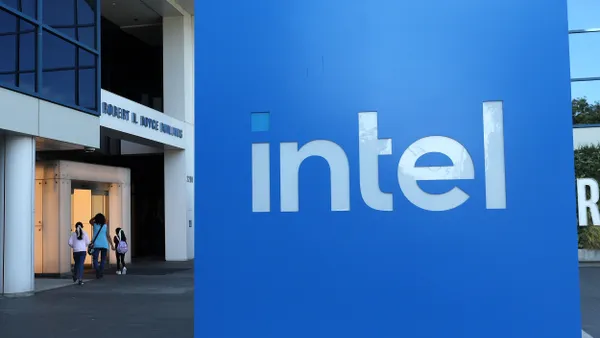Jeffrey Appleman, CPA, is a director in CFO Consulting Partner’s Manufacturing and Business Services practice. He has more than 30 years of experience, both in public accounting and the private sector. Opinions are the author’s own.
Manufacturers are focused on sales — not cost or profit.
If they were keen on net income, manufacturers would know one key data point — contribution margin.
Once you know it, the possibilities are endless for growth, sustainability and efficiency.
In effect, a contribution margin is the percentage of revenue that remains after you pay for your variable costs, which include the materials and labor to make your products. If the remaining revenue covers your fixed costs — the top item tends to be salaries — then you have a profit. For manufacturers, a contribution margin should be in the neighborhood of 30% to 40% so everyone gets paid, including the business owners.
Contribution margin helps a manufacturer figure out its breakeven point. Let’s say your fixed costs equal $1.2 million a year and your variable unit cost per unit is $10, while the sales price unit is $15. Because you know the variable cost, you can determine the contribution margin, which is the remaining $5 from the average sales price. So, how many units would you have to sell to break even this year? Divide the fixed costs by the contribution margin and you will need to sell 240,000 units.
Why don’t more manufacturers know their contribution margin? It’s because they don’t make time for profit planning, which is a financial plan for your business. The process aligns operations with financial objectives by projecting revenue and expenses. It views profit as a crown jewel, not as a byproduct, making everything else revolve around it through transparency.
At first, this light may seem blinding. Here are several critical items to help manufacturers see more clearly.

We need to raise prices
Most manufacturers are not eager to test price elasticity within their product profile, but your company could be living on borrowed time.
Invest the time to find your true costs. Don’t take shortcuts with estimates unless it’s necessary.
When I consulted with a manufacturer that made printed boxes, we broke down every operation in the process. For example, when making a printed carton, you need employees in many areas to make the final product. Every station in the process is a profit center that needs to be covered in the final sales price.
Every printed box started with a paper-sheeting operation, then the printing, the die-cut operation, the waste-product operation, the cellophane operation, the gluing operation and shipping. That’s six operations, each with one to three employees.
That cost adds up, and if you don’t take the time to calculate it, there’s a good chance your pricing is too low. And then, you pay the price.
We need to listen to the data
Manufacturers have a tendency to listen to the wrong people when it comes to their lineup of products.
A contribution margin is a formula that brings one of the general laws of business to life: 80% of outputs come from 20% of inputs. This general truth, which has withstood the test of time across any industry, is called the Pareto Principle.
Does 80% of the company’s turnover come from 20% of the product line? Put another way: Is 80% of your product sitting in the warehouse, tying up resources for an inordinate amount of time?
Instead of listening to outsiders about suspected marketplace needs, the C-suite at a manufacturing facility needs to listen to the data, which should come from profit planning at the beginning of every year.
We pay too much
Whether it’s from your customer or your suppliers, most manufacturers are probably paying too much.
Now that the company has a contribution margin and a 12-month profit plan, you actually know how much you can afford from both stakeholders. If you don’t make a reduction, something else will have to be reduced.
Creating terms for your customer is the best way to reduce the cost of accounts receivable. If they have 45 days to pay, you need to enforce consequences if the obligation is not met. Most manufacturers don’t have the discipline and persistence to protect the bottom line. In the end, 90 days can be too costly.
Your suppliers are another area to scrutinize. Do you know the quickest way a manufacturer can get a discount from one of their suppliers? They can ask.











